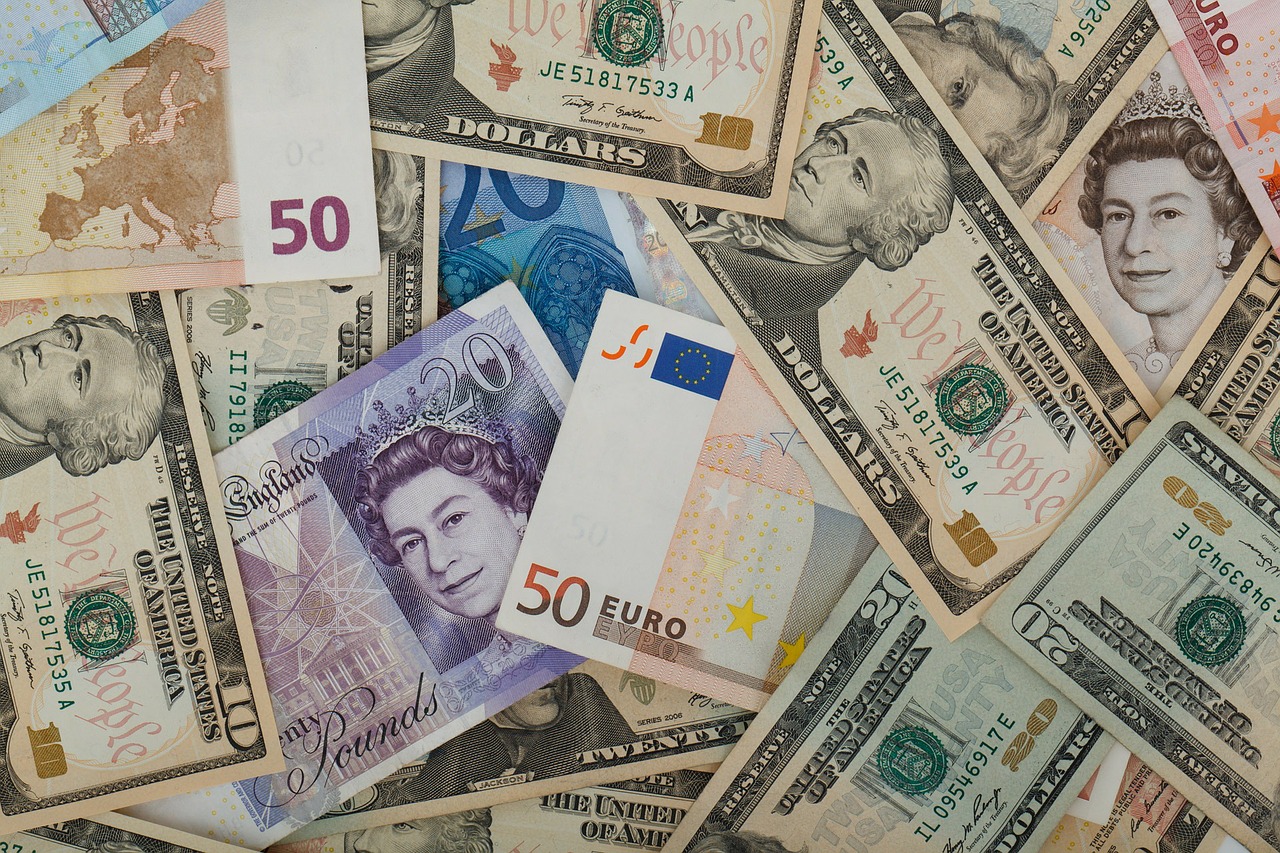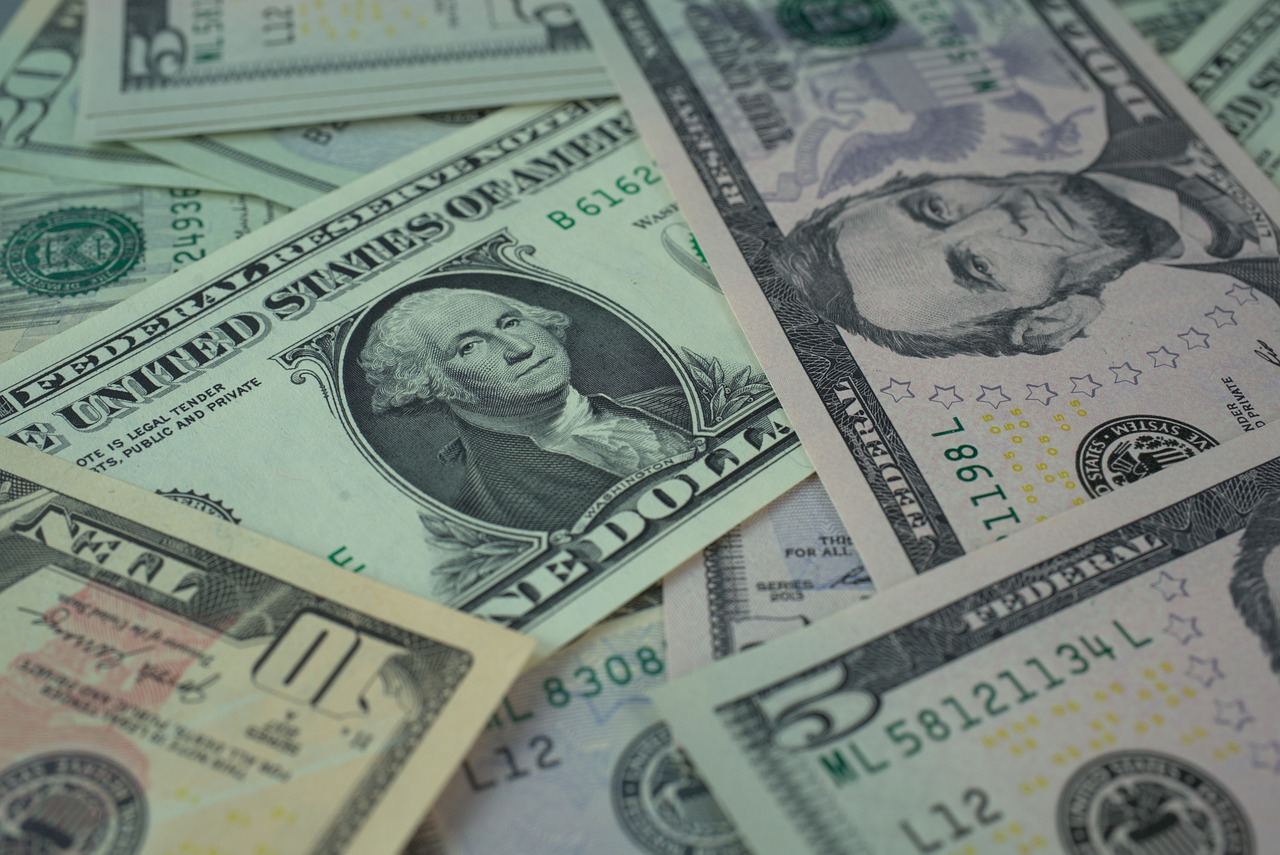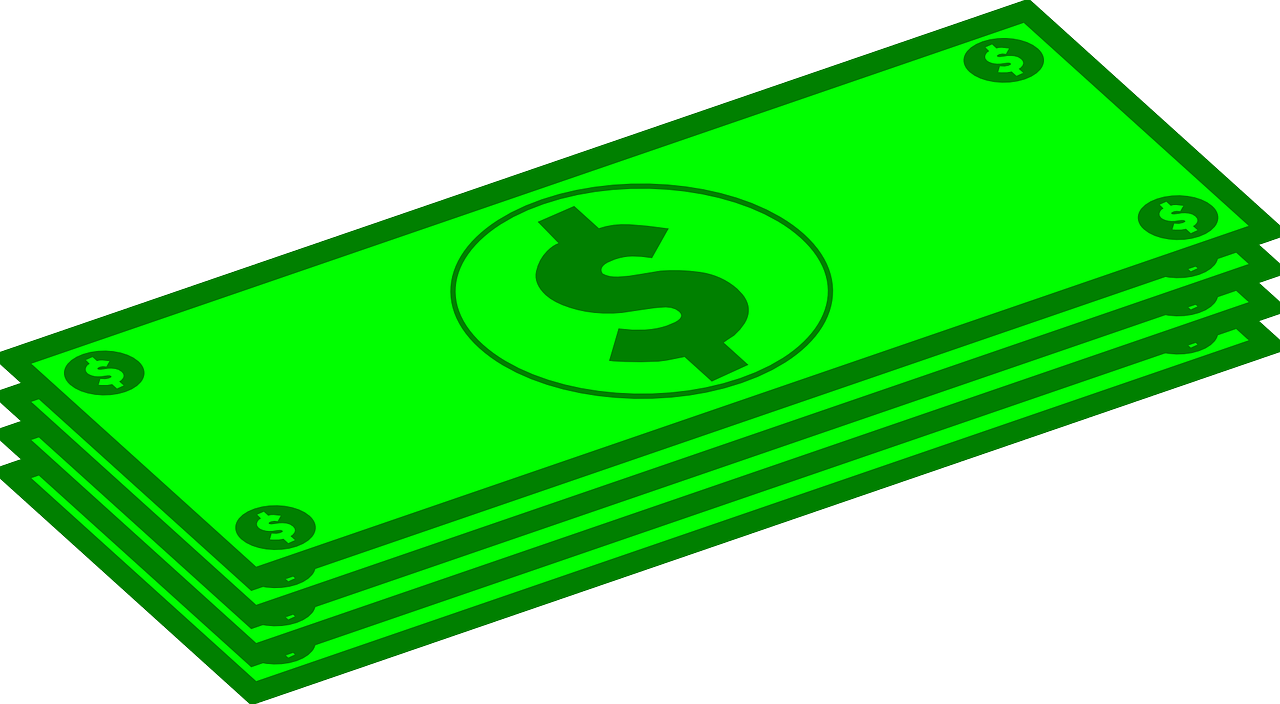Dollar Remains Weak Across the Board, Swedish Crown Falls

On Thursday, the euro climbed to a nearly three-month high, as pressure on the dollar increased due to optimism about coronavirus vaccines and downbeat US economic data. Investors were seeking out riskier assets tied to emerging markets and global commodities, with the Sterling close to a three-month high against the greenback, as traders were also waiting for details on trade negotiations between the European Union and Britain this week. On Thursday, the Swedish crown fell against the dollar, as well as the euro, after the quantitative easing program was expanded by Riksbank.
Pressure also increased on the US dollar after the minutes on the Federal Reserve meeting on Wednesday indicated that the central bank may strengthen their quantitative easing program in their next meeting scheduled on December 16th. Due to the uncertain outlook, a number of the Fed policymakers were hesitating in making changes to the guidance in the near-term, some were of the opinion that it was necessary to improve its guidance regarding asset purchases soon. This information was provided in the minutes of the November 4-5 meeting of the Fed. According to analysts, the Fed may decide to continue their purchase of securities worth $120 billion per month under the new guidance, until it decides that it has made substantial progress towards its goals.
However, they did say that it was possible to not increase the size of the quantitative easing program. Nonetheless, a loose policy by the Fed would continue to weigh on the US dollar. Most currency analysts were concerned about the short-term because the market is already showing downward momentum and this could result in short squeezes for the US dollar. On Thursday, trading was subdued because the US financial markets were closed due to the Thanksgiving holiday. The euro/dollar had surged by 0.1% to trade at $1.1924, after it had increased to its highest on September 1st at $1.1941.
The index tracking the US dollar against a basket of major currencies remained flat at 91.99, even though it had reached an almost three-month low earlier at 91.84. Chancellor Angela Merkel informed the parliament on Thursday that restrictive measures for curbing the spread of the coronavirus in Germany would remain in effect till the end of December or could even be longer. There was a fall in Scandinavian currencies, with a 0.4% decline reported in the Swedish against the US dollar and by the same percentage against the euro as well.
On Thursday, Sweden’s central bank said that they would expand their asset purchase programme for supporting the economy to deal with the second wave of the COVID-19 pandemic. The benchmark rate was maintained at 0%, as was expected. There was a 0.4% decline in the Norwegian crown as well against the US dollar, after it had increased to a three-month high. Likewise, it had declined against the euro by 0.4% too. The Australian dollar also fell by 0.1%, though it had risen earlier to a three month high. The Canadian dollar, on the other hand, remained neutral against the dollar.



















